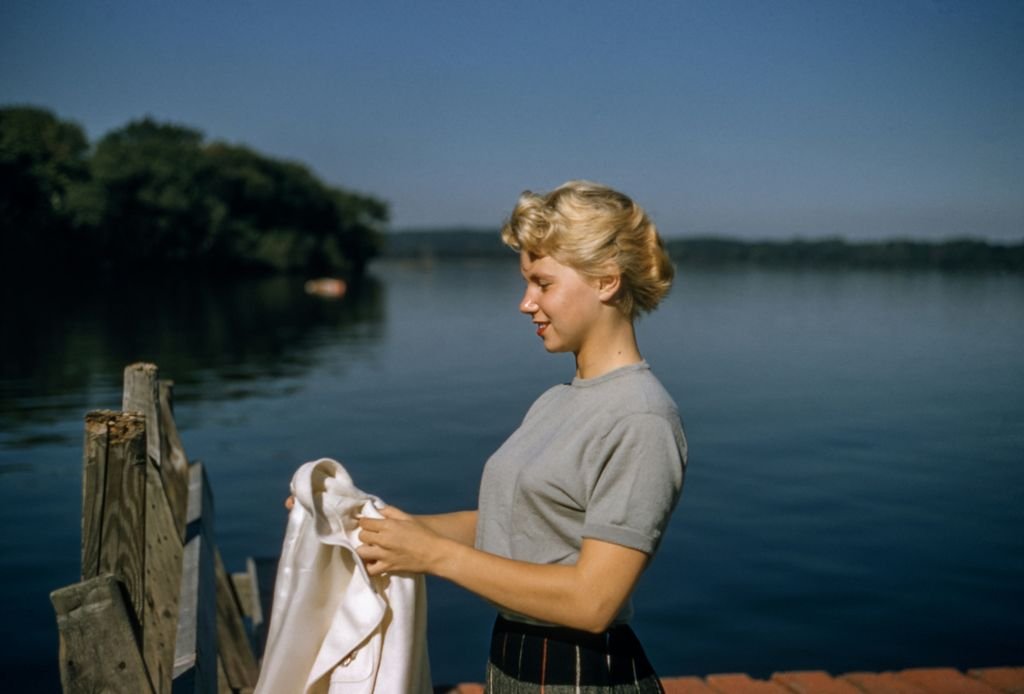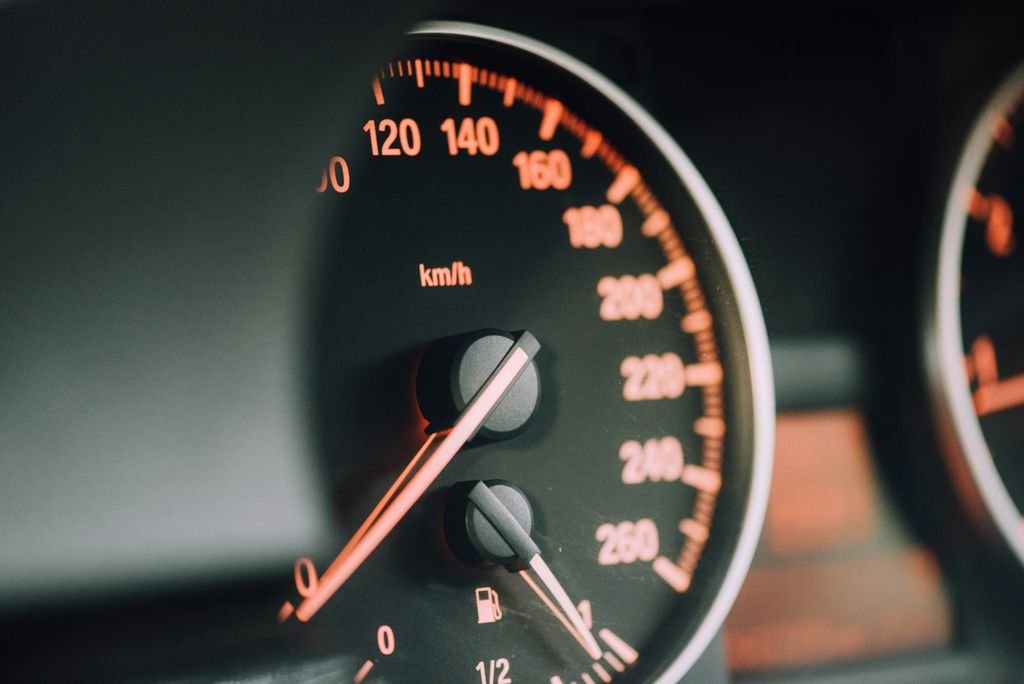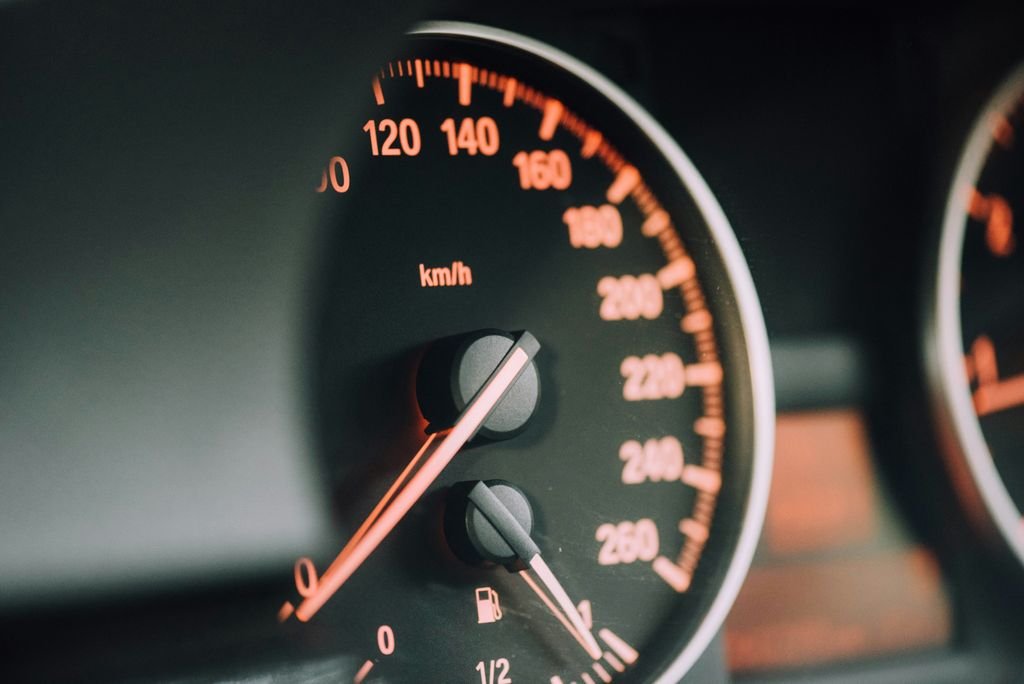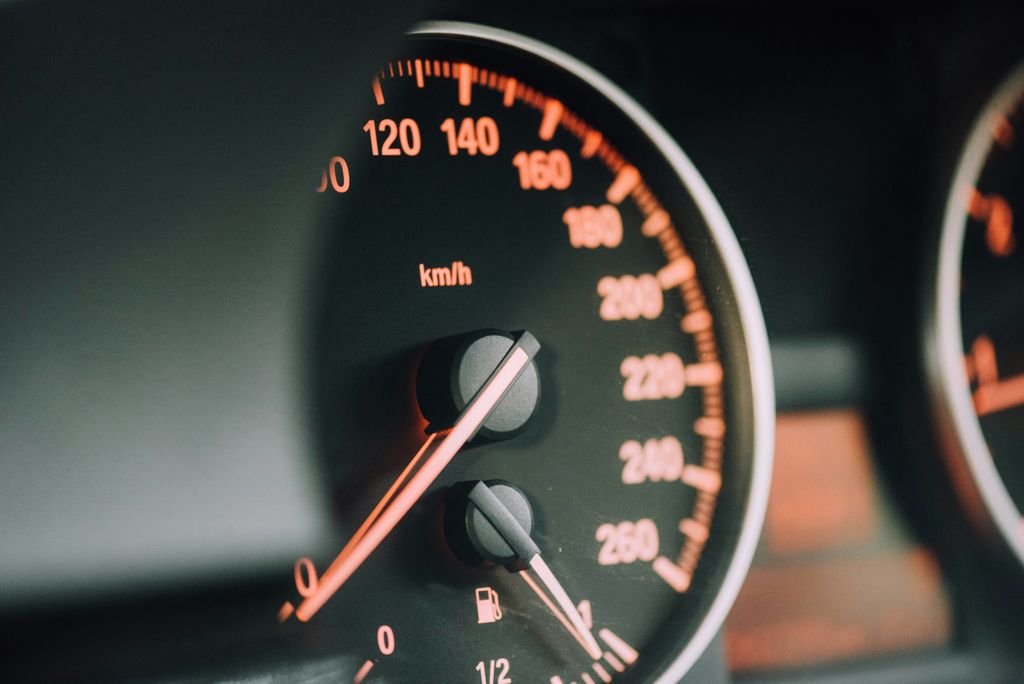Restoring old cars to their former glory is a labor of love and a testament to the enduring legacy of classic automobiles. From understanding the unique characteristics of classic cars to selecting the most suitable restoration techniques, this guide provides valuable insights into the art of preservation and the journey of reviving vintage vehicles. Whether you’re a seasoned enthusiast or a novice in the world of classic car restoration, this comprehensive article offers a wealth of knowledge to help you navigate the process with confidence and finesse.
Key Takeaways
- Understanding the historical significance of classic cars is essential for successful preservation and restoration.
- Choosing the right restoration methods is crucial for achieving authenticity and maintaining the value of classic cars.
- Preserving original bodywork and paint is a delicate process that requires meticulous attention to detail and expert craftsmanship.
- Sourcing authentic and original parts is a key aspect of maintaining the authenticity and historical accuracy of classic car restoration.
- Documenting the restoration process not only serves as a valuable record but also enhances the storytelling aspect of showcasing the results.
Preserving the Legacy
Understanding Classic Cars
Classic cars are more than just vintage vehicles; they are a testament to the automotive history and craftsmanship of bygone eras. Understanding the unique characteristics and historical significance of each classic car is essential before embarking on a restoration journey.
- Decade of Manufacture: Identifying the era in which the car was made can provide insights into its design and technological features.
- Make and Model: Knowing the specific make and model is crucial for accurate restoration and sourcing parts.
- Historical Context: The car’s history can add to its value and appeal, making it important to research its past ownership and use.
Restoration is not just about bringing a car back to life; it’s about preserving the soul of the machine for future generations to admire.
Each classic car comes with its own set of challenges and quirks. Whether it’s a 1950s American muscle car or a 1930s European roadster, understanding its lineage and the era it represents is the first step towards a respectful and authentic restoration.
The Art of Preservation
Preserving a classic car is not just about maintaining its physical condition, but also about honoring its history and the craftsmanship that went into its creation. The goal is to protect the vehicle from further decay while keeping its original character intact.
- Evaluate the car’s current state and identify areas that need attention.
- Use gentle cleaning methods to avoid damaging original materials.
- Apply protective coatings to metal surfaces to prevent rust.
- Maintain the mechanical components with period-correct lubricants and fluids.
- Store the vehicle in a controlled environment to shield it from harsh weather.
Preservation is a delicate balance between intervention and restraint, ensuring that future generations can appreciate these automotive treasures as we do today.
Choosing the Right Restoration Methods
Selecting the appropriate restoration methods is crucial for bringing a classic car back to life while preserving its integrity. Each car has its unique history and needs, which dictate the techniques and materials used during the restoration process.
- Assess the vehicle’s condition thoroughly before deciding on a restoration plan.
- Consider the availability of replacement parts and the level of authenticity desired.
- Determine whether to restore to original specifications or to modify for improved performance and safety.
It’s essential to balance historical accuracy with modern safety standards, ensuring the car remains true to its era without compromising on reliability.
The choice between a full restoration and a sympathetic restoration — one that maintains the car’s patina and operational scars — can significantly impact both the budget and the final outcome. Careful planning and a clear vision will guide you in making the best decisions for your classic car restoration project.
Restoration Techniques
Bodywork and Paint Restoration
Restoring the bodywork and paint of a classic car is a meticulous process that can dramatically transform a vehicle’s appearance. Proper preparation is the key to a flawless finish. Before any paint is applied, the body must be thoroughly inspected for rust, dents, and imperfections. These issues are addressed through a combination of sanding, filling, and sometimes metal fabrication.
The choice of paint and color is crucial, not only for aesthetic appeal but also for historical accuracy. Modern paints often offer improved durability and a wider selection of colors, but they may not be suitable for all restoration projects.
Here is a basic outline of the steps involved in bodywork and paint restoration:
- Assess the condition of the car’s body and frame.
- Remove any rust and repair body damage.
- Sand the body to create a smooth surface for painting.
- Apply a primer coat to prepare the surface and enhance paint adhesion.
- Paint the car with the chosen color, applying multiple coats as needed.
- Finish with a clear coat to protect the paint and add shine.
Each step must be performed with precision and patience to ensure the best possible outcome. The end result should be a car that not only looks stunning but also honors its original era and design.
Engine and Mechanical Restoration
Restoring the engine and mechanical systems is a critical step in bringing a classic car back to life. Proper assessment and meticulous repair are essential to ensure the vehicle not only looks the part but performs as it should. This process often involves a combination of refurbishing existing components and replacing those that are beyond repair.
- Evaluate the engine’s condition
- Rebuild or replace worn-out parts
- Upgrade components for improved performance
Attention to detail during the mechanical restoration will pay dividends in reliability and drivability. Ensuring that each component is restored to its original specification or improved with period-correct upgrades is key to a successful restoration.
The table below outlines typical tasks and their objectives in engine and mechanical restoration:
| Task | Objective |
|---|---|
| Engine Rebuild | Restore power and efficiency |
| Transmission Overhaul | Ensure smooth gear shifts |
| Suspension Refresh | Improve ride quality |
| Brake System Restoration | Enhance safety and response |
Each of these tasks requires a deep understanding of the vehicle’s original engineering and a commitment to preserving its integrity while incorporating modern advancements where appropriate.
Interior Refurbishment
Restoring the interior of a classic car is a meticulous process that breathes new life into the vehicle’s cabin. Attention to detail is paramount as the interior is where the driver connects with the car, both physically and emotionally. The goal is to recreate the original atmosphere while ensuring comfort and safety.
- Assess the condition of seats, carpets, and headliners
- Repair or replace upholstery using period-correct materials
- Refurbish or replace dashboard components and instruments
- Ensure electrical components like the radio and gauges are functional
The essence of interior refurbishment lies in the balance between aesthetic appeal and functional integrity. It’s not just about making the interior look good, but also about preserving the tactile and ergonomic qualities that made these cars icons of their time.
Once the refurbishment is complete, the interior should not only reflect the car’s era but also offer a reliable and comfortable ride. This final touch can significantly enhance the overall value and experience of the restored classic car.
Maintaining Authenticity
Sourcing Original Parts
Finding the right parts for a classic car restoration is a quest for authenticity that can make or break the project. Sourcing original parts is crucial to maintaining the integrity and value of the vehicle. It’s a meticulous process that often involves extensive research and networking within the classic car community.
- Reach out to car clubs and online forums for leads.
- Visit swap meets, auctions, and salvage yards.
- Consider reputable dealers specializing in vintage car parts.
- Explore online marketplaces that cater to classic car enthusiasts.
Patience and perseverance are key when hunting for original components. The right part can take time to find, but the reward is a restoration that stays true to the car’s heritage.
Remember, while reproduction parts may be more accessible and cost-effective, they can detract from the car’s authenticity and ultimately its value. Prioritize original parts whenever possible to ensure your restoration project honors the car’s original craftsmanship.
Preserving Historical Features
Restoring an old car is not just about making it look new; it’s about honoring its history. Preserving historical features is crucial to maintaining the car’s original character and authenticity. This involves a meticulous approach to restoration, ensuring that each component reflects the era of the vehicle.
- Identify original features and materials
- Use period-correct techniques for repairs
- Avoid modern replacements that detract from the vintage appeal
When dealing with historical features, it’s essential to research and understand the context of the car’s design. This knowledge guides the restoration process and helps maintain the integrity of the vehicle.
Restorers should document the original state of these features before starting work. This record serves as a reference to maintain or recreate the authentic look and feel of the car. It’s a delicate balance between conservation and restoration, but when done correctly, it can bring a classic car back to life while preserving its soul.
Documenting the Restoration Process
Documenting the restoration process is as crucial as the restoration itself. It provides a detailed account of the journey, ensuring that the history and the effort put into the vehicle are preserved for future generations. Maintaining a restoration diary or logbook can be invaluable, both for personal satisfaction and for proving the car’s provenance.
- Begin by recording the car’s initial condition with notes and photographs.
- Log every repair, replacement, and refurbishment, including dates and details of the work carried out.
- Keep receipts, invoices, and a list of parts used, as these contribute to the car’s documented history.
The meticulous documentation not only adds to the car’s value but also serves as a guide for others embarking on similar restoration projects. It’s a testament to the dedication and passion invested in bringing a classic back to life.
Showcasing the Results
Preparing for Classic Car Shows
Once your classic car restoration is complete, showcasing it at car shows can be a thrilling experience. Preparing your vehicle for a show involves more than just a final polish; it’s about ensuring every detail is in place for the judges and spectators. Here’s a quick checklist to get you started:
- Ensure the car is meticulously cleaned, inside and out.
- Check that all mechanical components are functioning properly.
- Verify that the car’s documentation and history are readily available.
- Plan for transportation to and from the event, considering safety and weather conditions.
Remember, the devil is in the details. Paying close attention to the finer aspects of your car’s appearance and performance can make a significant difference in how it is received at the show.
Lastly, rehearse your car’s story. Be ready to share the journey of its restoration, the challenges you faced, and the triumphs along the way. This narrative can captivate your audience and judges, adding a personal touch that sets your classic apart.
Photography and Presentation
Once your classic car has been meticulously restored, capturing its beauty through photography is essential. High-quality images not only serve as a personal keepsake but also enhance the car’s appeal when showcased to enthusiasts and potential buyers. To ensure your vehicle is presented in the best light, consider the following tips:
- Use natural lighting to highlight the car’s lines and color.
- Choose a background that complements the vehicle without distracting from it.
- Experiment with different angles to showcase unique features.
- Pay attention to the details, such as the shine of the chrome and the texture of the interior.
The goal of photography is to tell a story, the story of your car’s journey from a forgotten relic to a polished gem. It’s about creating a visual narrative that resonates with the passion and effort invested in the restoration.
Remember, the presentation of your classic car extends beyond photographs. When displaying the car at shows or in private viewings, ensure it is clean, well-lit, and positioned to allow viewers to appreciate its full splendor. The culmination of your restoration project deserves to be shared, and with the right photography and presentation, your car’s legacy will be beautifully preserved for future generations.
Sharing the Restoration Story
Once your classic car has been meticulously restored, sharing its story becomes a pivotal part of the journey. Every dent, replaced part, and coat of paint carries a tale that enthusiasts and fellow restorers alike will find captivating.
- Document the car’s history and your restoration journey in a detailed logbook.
- Create a ‘before and after’ album to visually showcase the transformation.
- Share anecdotes and challenges faced during the restoration at car clubs and online forums.
The restoration story is not just about the car; it’s about the passion, the challenges overcome, and the knowledge gained along the way.
By engaging with the community, you not only add to the rich tapestry of automotive history but also inspire others to embark on their own restoration adventures. Remember, every classic car has a unique narrative, and your restoration adds a new chapter to its legacy.
Conclusion
In conclusion, restoring old cars to their former glory is a labor of love that requires dedication, skill, and a deep appreciation for classic automobiles. By following the methods and techniques outlined in this article, enthusiasts can preserve the legacy of these timeless vehicles and bring them back to their original elegance. Whether it’s a vintage chrome beauty or a classic muscle car, the satisfaction of reviving these automotive treasures is unmatched. With the right knowledge and passion, anyone can embark on the journey of restoring old cars and keeping the spirit of classic automobiles alive for generations to come.
Frequently Asked Questions
What are the best preservation methods for classic cars?
Preserving classic cars involves regular maintenance, storing the car in a controlled environment, and using protective coatings to prevent rust and deterioration.
How do I choose the right restoration methods for my classic car?
Choosing the right restoration methods depends on the condition of the car, the desired level of authenticity, and the availability of original parts. It’s important to research and consult with experts before beginning the restoration process.
What are the key steps in bodywork and paint restoration for classic cars?
Bodywork and paint restoration involves stripping the old paint, repairing any dents or damage, applying primer, and meticulously applying the new paint to achieve a flawless finish.
How can I source original parts for my classic car restoration?
Sourcing original parts may involve searching through specialized dealers, online marketplaces, salvage yards, and networking with other classic car enthusiasts. It’s important to verify the authenticity and quality of the parts before purchasing.
What is the best way to prepare a classic car for a car show?
Preparing a classic car for a car show involves thorough cleaning, detailing, and ensuring all mechanical and visual aspects are in top condition. It’s also important to create a compelling story and documentation of the restoration process to share with enthusiasts.
How can I effectively showcase the results of my classic car restoration through photography and presentation?
Effective showcasing involves capturing high-quality images that highlight the details of the restoration, creating a visually appealing display at car shows, and using storytelling to convey the history and significance of the car.





